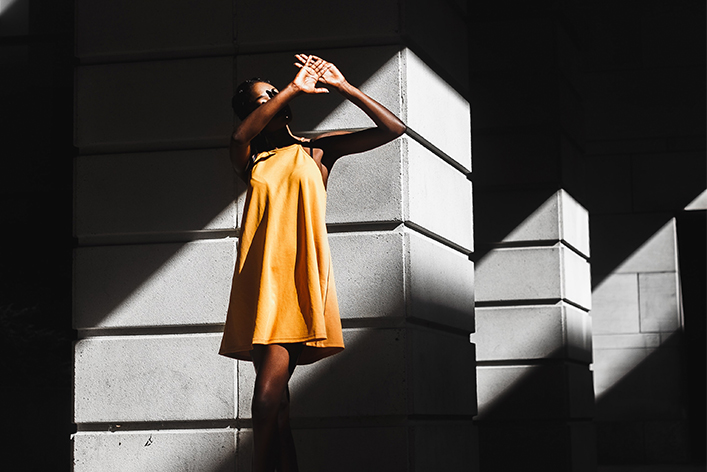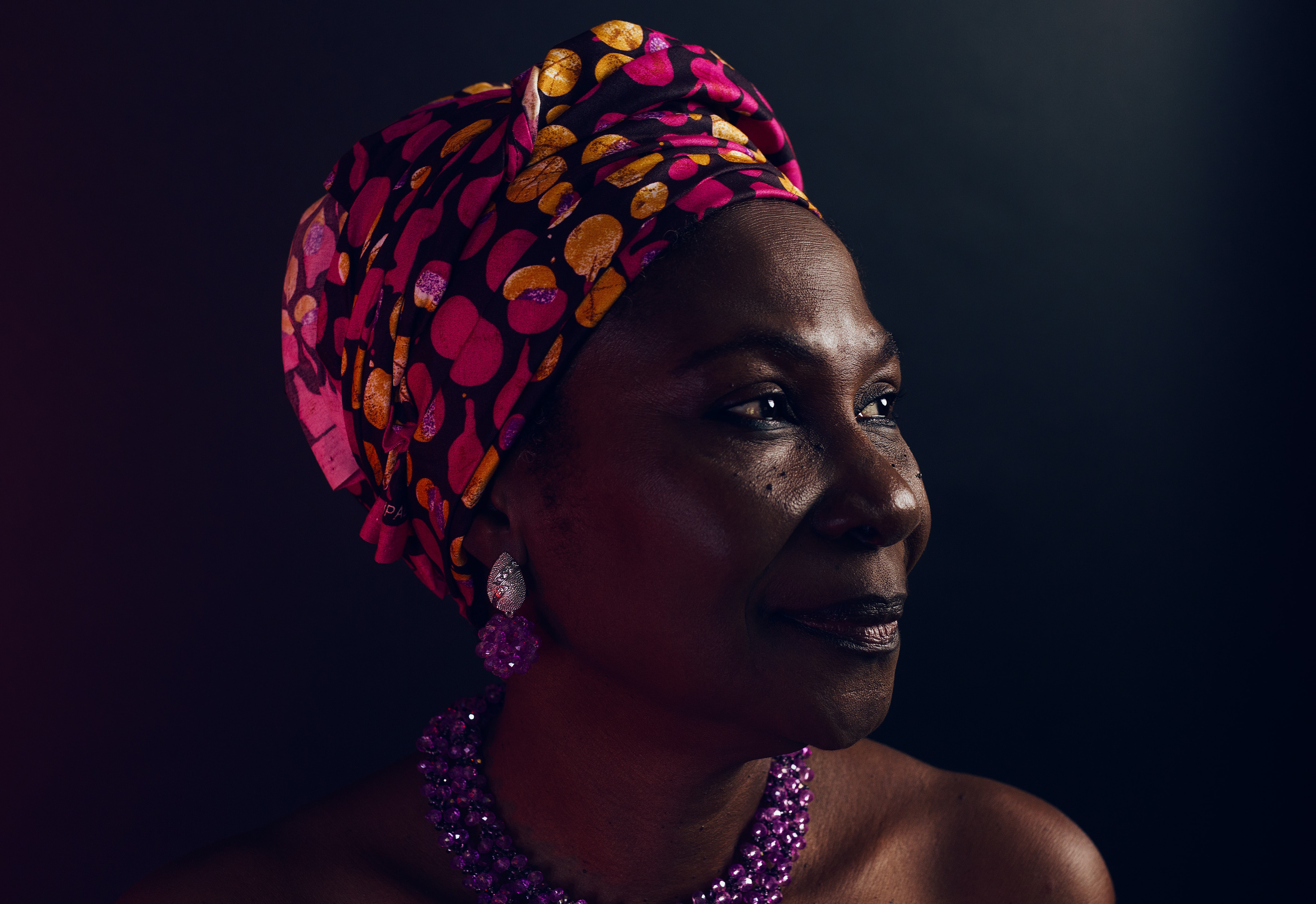
Everyone loves a good story. Storytelling resonates with audiences around the world as a way to connect, inspire and persuade. Because of this, businesses often choose to share stories over hard facts and statistics in the bulk of their marketing campaigns. But there are different ways to tell stories — through blogs, podcasts, speeches and videos — depending on your content marketing goals. One technique that organizations often overlook is visual storytelling.
What is Visual Storytelling?
Visual Storytelling is the process of communicating through visual media. Visuals in storytelling help with connection and make information easy to understand and digest. Media methods include illustration, enhanced graphics, videos and even music. The power of visual storytelling can impact your audience by leaving memorable impressions about who you are and what you have to offer.
The Content Marketing Institute defines visual storytelling as the method of using graphics, images, videos and photos to engage viewers in order to drive emotions and promote communication while motivating an audience to take an action.
Different forms of visual storytelling include:
- Column & Area Charts
- Bar Graphs
- Short-form and Long-form Videos
- Instagram Posts & Stories
- Photography
- Videos
- High-Quality Graphics
How Can Visual Storytelling Impact Your Content Marketing Strategy?
Visual storytelling can help create value to a brand’s content marketing strategy. It can do this by:
- Helping to generate interest in the beginning of a buyer’s journey.
- Luring readers with top-of-funnel blog content.
- Making copy feel lively and engaging.
- Boosting readability of long-form content so that it seems less cluttered.
Visual narratives can also leave an everlasting impression on audiences. Since many people are visual learners, the message will more likely stick if it is in a visual format.
Why Is Visual Storytelling Important?
Visual storytelling and narratives are not only important for journalists, but for educators and content marketers alike. Below are some reasons why this technique is important for your organization.
Storytelling Is Part of Our DNA
Since the beginning of time, cultures all over the world have been using pictures to tell a story — whether it's been caveman paintings or silent films inspiring an audience without words. The power in visual storytelling lies in the ability to elicit emotion and action from a visual, no matter if it is a graphic, an infographic, a handful of pictures or a video. A powerful visual can inspire people, open up possibilities and persuade consumers to take action right then and there.
The Brain Can Quickly Process and Retain Images
A study conducted by M.I.T. found that humans can process images in as little as 13 milliseconds — eight times faster than previously thought. This suggests that part of the brain continues to process the image even when it’s no longer in view. In fact, other studies have shown that humans can remember and recognize more than 2,000 visuals with 90 percent accuracy over the course of a few days.
Additionally, 65 percent of people identify as visual learners, making images an important part of any news story or content marketing strategy.
What Are the Elements of Visual Storytelling?
To be as successful as possible with your visual storytelling efforts, we recommend that your story includes the following factors.
A Clear Message
A clear message is essential if you want to motivate your target audience to keep consuming your story. You need to create tension and suspense.
These effects can be created through stand-alone graphics or with photographs that complement a text.
Design
When the story is visual, design is an important element to the viewer being able to understand the story. Design includes components like color choices and placement of subjects on a page. These elements should not distract from the story, but instead be used as a tool to help viewers further understand what they are viewing.
Photojournalism, for example, requires photographers to think about how to showcase a story using images. Shots must be framed in a way that allows the image to be unbiased and be visually appealing.
Visual Hierarchy
Visual hierarchy is used to establish which items are most important. In a graphic, this can be the biggest piece of text. In an image, this can be the most prominent person or object. Design elements should all be different sizes, ranging in terms of importance. If too many things compete for the viewer’s attention, it can make it difficult for someone to interpret what is happening.
Entertainment
You only get one chance to make a first impression, so your storytelling needs to make it count. As a general rule of thumb, aim to hook your audience within the first eight seconds of your story.
A Clear Subject
For visual storytelling to work, a clear subject must be defined in the photograph or graphic. The goal of visual storytelling is to convey a story, so the characters and plot must be easy to decipher from the images presented.
Interaction With the Audience
The best part of visual narratives is that you don’t always communicate via static text. When the graphic moves and the page is set for dynamic adaptation, the user will be provided with a good experience. Even though these interactions may seem small and discrete, they help the user feel more in control and vested in the entire experience.
When your story includes the above five factors, you’ll be sure to create a story that inspires and converts audiences.
Steps to Avoid with Visual Storytelling
There are a few things you will want to avoid when telling your brand’s story. These may include:
- Using memes that have gone viral. Once you are able to push out your viral meme content, it’s most likely it has already fallen off the pop culture radar.
- Forcing a narrative. Audiences are smarter than ever and it is likely that your narrative will fail with this method.
- Prioritizing style and personality. If your visual story lacks substance, it will also most likely fail. Visuals need to support the narrative, but they should not be the central focus for brand marketing.
- Repackaging the same content constantly. Using the same content multiple times can harm your audience’s perception of your business. It’s better to create unique content.
- Overusing imagery. This could wind up confusing or distracting your audience from the main focus of the content. Be as clear as possible for a simple understanding.
How to Effectively Use Visual Storytelling
There is room for experimentation with visual storytelling, however, digital marketers should stick to the basics at first. You’ll need to learn the rules of content marketing before you can break any of them. Here are some ways to effectively use visual narratives so you can produce the best content possible.
- Craft an interesting story that appeals to your audience.
- Make sure to choose visual media that fits your narrative.
- Utilize basic storytelling techniques.
- Get people’s attention immediately with imagery.
- Use text and audio to support your visual narrative.
- Keep the messages clear and simple.
- Measure performance with relevant KPIs such as social shares, backlinks created and additional site metrics.
10 Powerful Visual Storytelling Examples
Now that we know the essential features of a well-told story, it’s time to look at the types of visual storytelling and correlate examples. Here are some ideas to get you started.
Graphics
Graphics combine text, color and illustrations to convey a message. Infographics, charts, maps and illustrations all help to make complicated concepts easier to understand by making them more visual. These can be great tools for storytelling in content marketing, as brands communicate with their audiences.
Powerful graphics from The New York Times help to visualize complex topics like virus exposure risk, climate change and pioneering journeys.

Photos
On the other hand, photos are real images captured by a camera. When it comes to visual storytelling and which photos to use, there are many types to choose from. The difference between editorial and commercial use of photos is that editorial photography may be used in magazines and is generally confined to a set of ethics. Commercial photography is used to promote a brand or business.
Editorial Photography
These are powerful photos that can be used alongside editorial content to illustrate the text it is accompanying.

Commercial Photography
Commercial photography is edited so it can be used across marketing materials. The goal here is to create a beautiful visual that resonates with consumers.

Travel Photography
Travel photography is a visual representation of different parts of the world. It can capture anything from locals in their daily lives to historical sites, landmarks and stunning geography vistas.

Photojournalism
Photojournalism is the art of using photography to convey a powerful story in the news. News photography uses images, instead of videos, to tell a story and evoke an emotion of some kind from the reader.

Portrait Photography
Portrait photography can assist in telling more personalized stories. It seeks to tell the story of a person or a group of people by capturing who they are at that moment in time.

Videos
Video Journalism
Video storytelling through video journalism uses the art of video to convey a story that resonates with different audiences.

News Videography
News videography is a form of video journalism that can bring context to a news story with moving images. Typically, it is used alongside a web article to enhance the text.

Cooking Videography
Cooking videography helps to document and visualize the process of cooking a given recipe or demonstrating a specific cooking technique.

Stock Videography
Stock videography is used in creative projects that are commercial or editorial in nature.

Clips of videos from The New York Times can be licensed for television, film and other uses through Veritone.
Final Thoughts
Consumers want stories. No matter what you have to say or how you want to tell it, visual storytelling can make your story come alive in a way that text alone doesn’t. Depending on your needs, there are plenty of different ways to tell stories, and The New York Times Licensing Group has many options available for you to use, whether it be through our video licensing or photo licensing packages. Harness the power of world-class journalism, while appealing to your consumers, by using licensed content from The New York Times.
Frequently Asked Questions
What are some creative ways to tell a story?
Traditional storytelling methods have become dull. The best way to get creative with storytelling is to embrace spontaneity and incorporate elements of fun and spontaneity. Here are some steps in order to keep your audience engaged:
1. Question Your Motive:
Ask yourself, why is this person consuming the story I am telling? What information do you think they need from you in order to feel fulfilled? How can your expertise contribute to their life.
2. Be Relatable:
Creating relatable content that truly connects with your audience is the key to developing relationships. Consider including a personal narrative and offering descriptive words that fully depict situations and feelings.
3. Mix it Up A Little:
Don’t get stale! Diversify the type of content you choose to use to tell your stories. If you seem to get stuck on creating one specific content, get your hands on outsourced content. NYTLicensing provides a plethora of storytelling content. Choose anything from videos, photos, podcasts, and more!
How do brands tell visual stories?
Brands have the ability to tell visual stories by incorporating dynamic visuals and other content in their marketing strategy. Marketing design can play a large role in solidifying the messages brands are pushing forward to their audience. The best visual expression of a brand aligns with the brands' identity.

